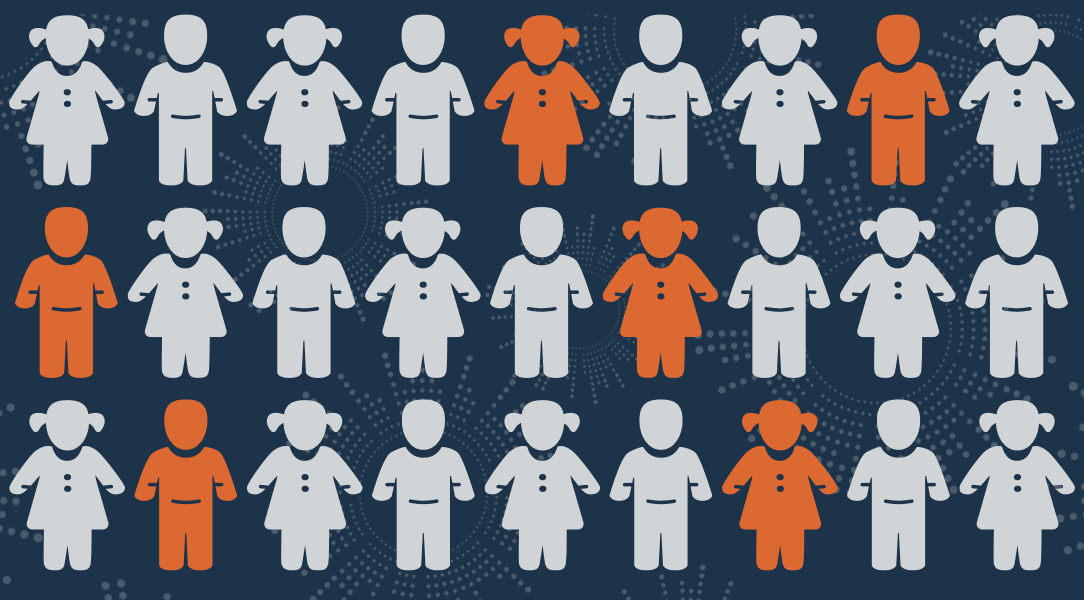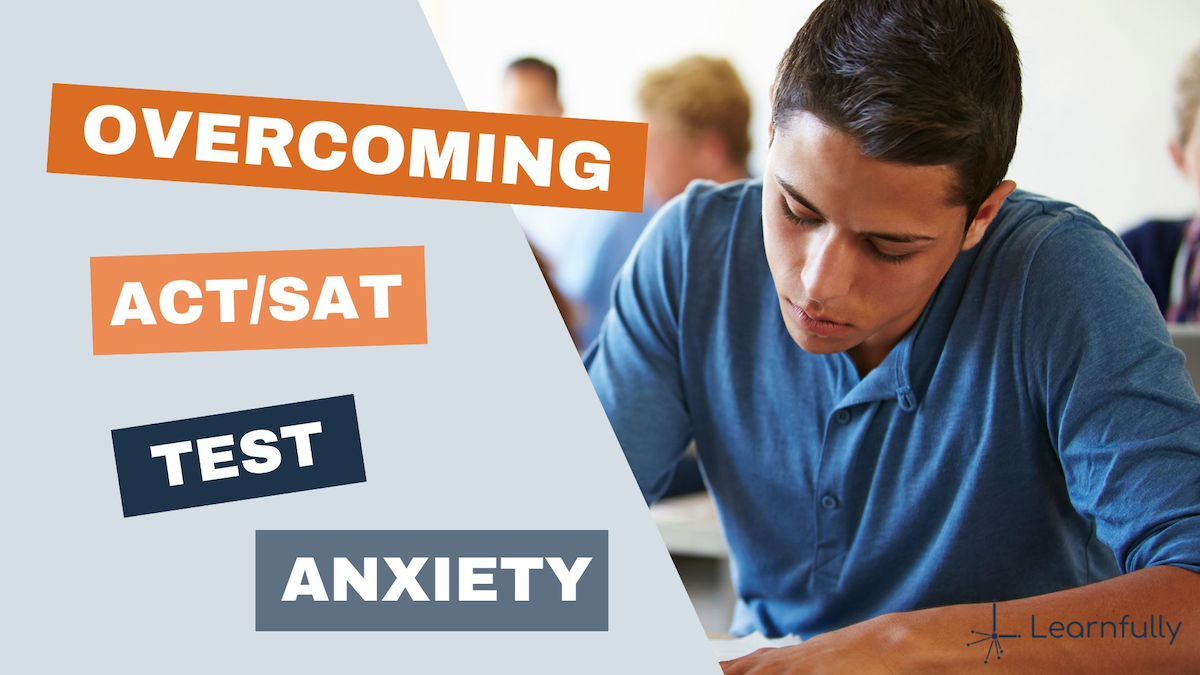Learning differences are very common. Experts say that more than 1 in 5 individuals struggle with learning in one way or another. Many face learning challenges and do not qualify for an actual diagnosis. The likelihood that someone you know and love has a learning difference is rather high, so we would like to kick off Learning Disabilities Awareness Month by providing you, our community, with an overview of learning disabilities and learning differences as a whole. Stay tuned all month as we share information and resources to support our mission to ignite learning and unlock the potential of neurodivergent learners!
Learning Disabilities vs. Learning Differences
Learners are diagnosed with a learning disability by undergoing comprehensive psychological evaluations and observations. Diagnoses are given based on the criterion set forth by the DSM-5 (Diagnostic and Statistical Manual, fifth version). Those who are diagnosed with a particular (or several) learning disabilities are protected under the law to preserve the rights of individuals with disabilities to equal treatment. For school-aged learners, the Federal Individuals with Disabilities Education Act (IDEA) ensures that students ages 3-21 will receive a Free Appropriate Public Education (FAPE) in the Least Restrictive Environment (LRE). IDEA ensures that children with disabilities will have the same opportunities and access to public education as their peers without disabilities. Under IDEA, there are currently 13 different disability classifications. In order for students to be considered eligible to receive the support and services provided under IDEA, they need to be “classified” under one of these 13 categories. Unfortunately under IDEA there is no classification of Learning Difference or Learning Challenge – so what is so what is a learning difference?
The term Learning difference originated from the principle that the term “learning disability” focuses on the weaknesses of a learner and doesn’t appropriately recognize the strengths of such learners. The Learning Disabilities Association of New York State (LDA) puts it plainly: “Many people prefer to use the terminology “learning differences” or “learning challenges” instead of “learning disabilities.” Some are concerned that the term “learning disability” focuses on an individual’s cognitive weaknesses and isolates them from other learners while the term “learning differences” highlights the fact that they simply learn differently than others do.”
At Learnfully, we believe that we all learn differently and given the appropriate resources and instruction, all learners can be put on their path to potential.
The Most Common Learning Disabilities
It is important to keep in mind that, with or without a diagnosis, learners very well may face several side effects such as sensory-motor integration, motor planning, coordination, and executive functioning. Although we cannot go into depth as to how these side effects may impact learning in this article, we are able to provide insight into the most commonly diagnosed learning differences and their related symptoms below.
Dyslexia
80% of learning differences involve challenges with reading. Dyslexia is,thus, probably the number one learning disorder. Auditory processing, visual processing disorders may have trouble that affects children and adults as well. It’s a condition that makes it challenging to understand text or speech. If you have dyslexia, reading, writing, and speaking can be difficult and overwhelming. Many creative, brilliant, outside of the box thinkers are Dyslexic because they process the world through a different lens.
Some symptoms of Dyslexia are as follows:
- Reversing the position of letters
- Challenged by symbol to sound correlations
- Inability to imprint symbols and patterns in memory
- Struggling with reading comprehension load
- Delayed speech
- Difficulty learning new vocabulary or rhymes
- May have trouble understanding directions
ADHD
Did you know that over 6 million children are diagnosed with Attention-Deficit/Hyperactivity Disorder (ADHD)? Many children with ADHD are disciplined for misbehaving, but they can’t control their actions. ADHD makes it difficult to concentrate, which can lead to one learner distracting others around them in a classroom setting if they are unable to access tools to support their needs.
Some symptoms of ADHD are as follows:
- Unable to sit still
- Limited sustained attention span
- Hyperfocused on preferred tasks
- Disorganized or forgetful
- Difficulty staying quiet
- Lack of motivation
- Dysregulation: mood swings or emotional outbursts
Dyscalculia
Lots of people dislike math, but are eventually able to understand it with enough consistent and repetitive practice. Dyscalculia is more severe because it is a diagnosed learning disability that makes it challenging to understand even the most basic math concepts. Since math builds upon itself in a cyclical fashion, learners with dyscalculia can fall behind and struggle to catch up for years.
Some symptoms of Dyscalculia are as follows:
- Challenged by number sense
- Unable to reach automaticity with math facts
- Struggling with concepts such as measuring, time, and estimating
- Being unsure of how to approach word math problems
- Difficulty following the order of operations
- Finding it challenging to count and group numbers together
Dysgraphia
Dysgraphia is an affective learning disability that makes it hard to write legibly. Some people with dysgraphia struggle to hold a writing utensil comfortably while others lack the spatial awareness needed to produce legible text.
Some symptoms of Dysgraphia are as follows:
- Messy handwriting
- Taking a long time to write
- Holding a writing utensil improperly
- Struggling to express thoughts in a clear sentence structure
- Poor grammar
- Speaking out loud while writing
Dyspraxia
Although dyspraxia is a condition that affects someone’s motor skills, it still has the potential to hinder specific learning. The reason why is because a person with dyspraxia may not be able to hold a pencil or participate by speaking regularly.
Some symptoms of Dyspraxia are as follows:
- Challenges with verbalization
- Weak hand-eye coordination skills
- Poor balance
- Struggling with fine-motor tasks
Additional Resources
Feel free to check out these incredibly useful resources:
We are honored to have the opportunity to support caregivers and educators through their learner’s journey rising to their full potential and are here to help as questions and concerns arise. Please do not hesitate to reach out to our network of specialists or any of the above resources for guidance. You and your learner are not alone, we are in this together.











